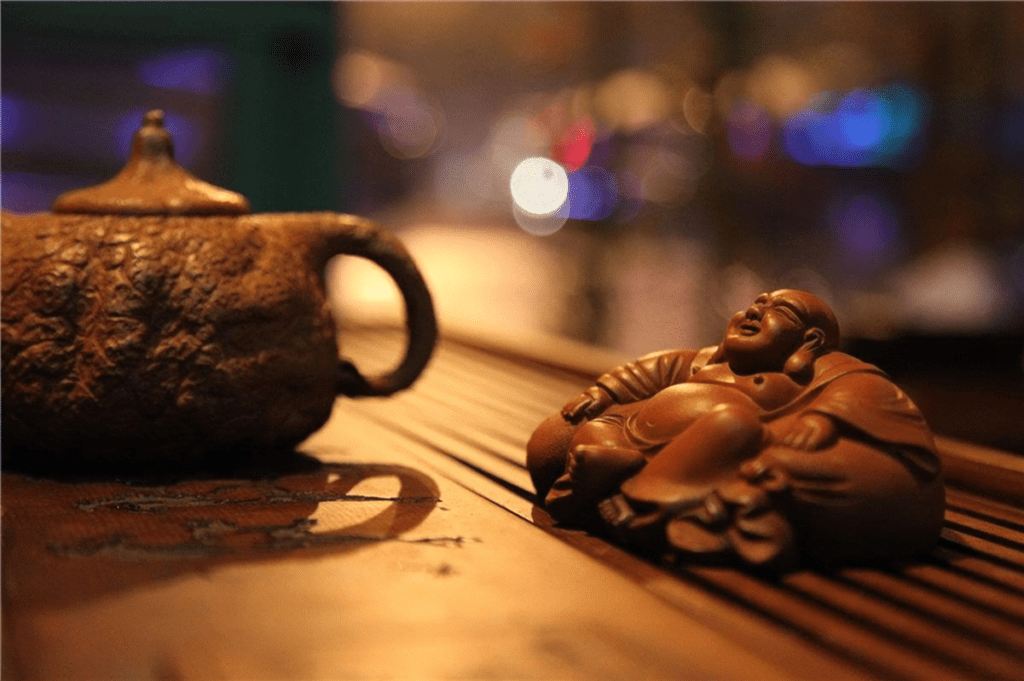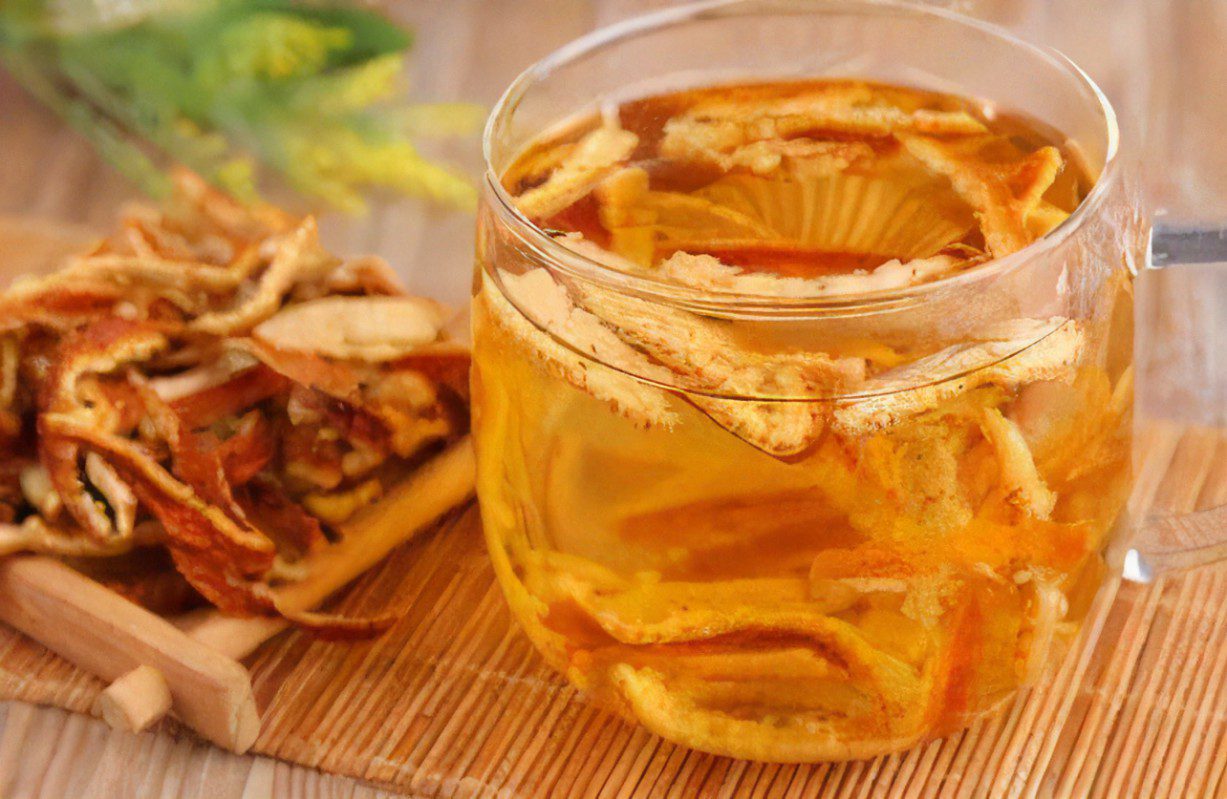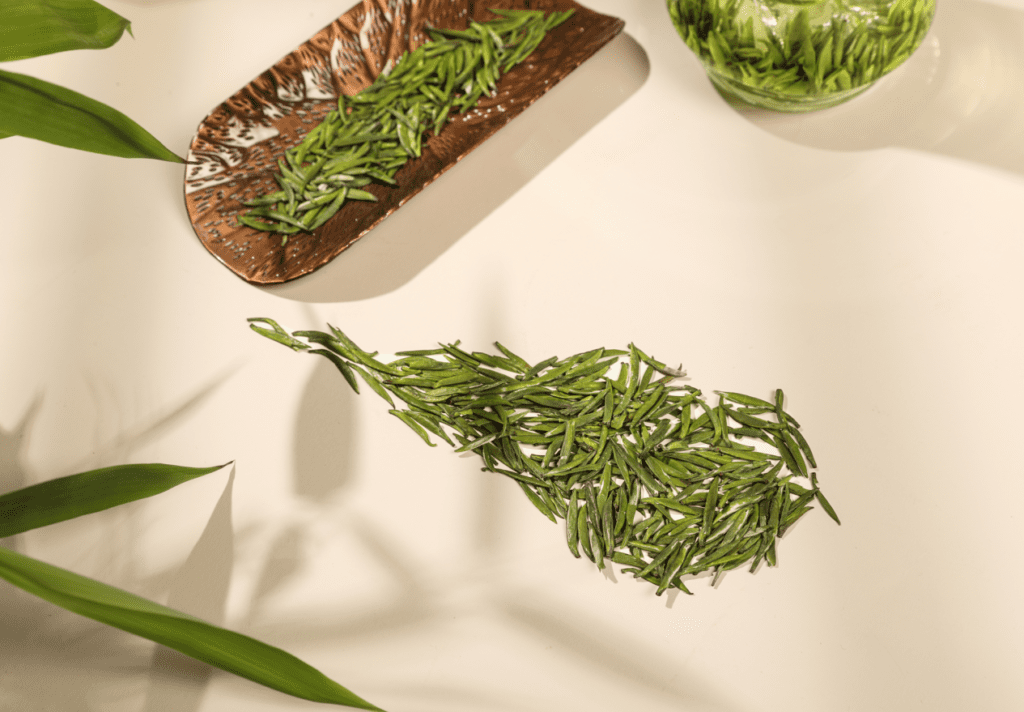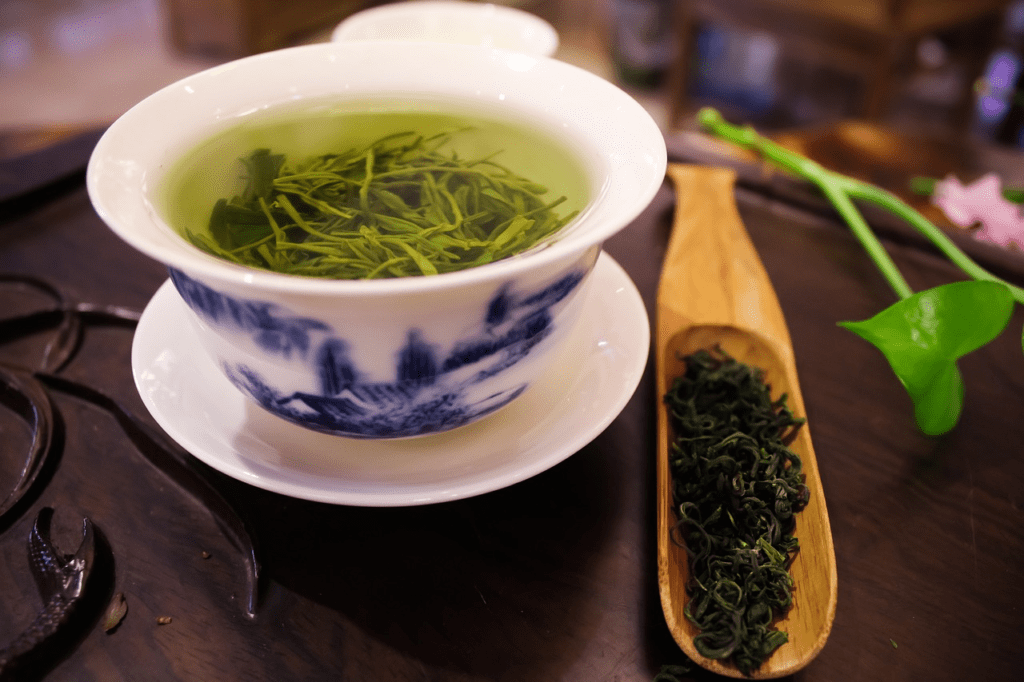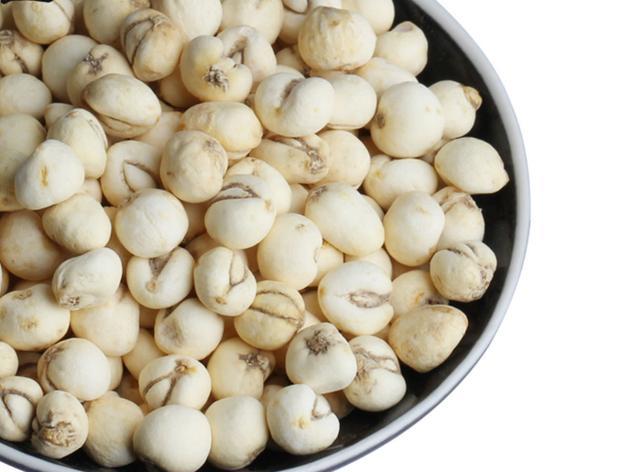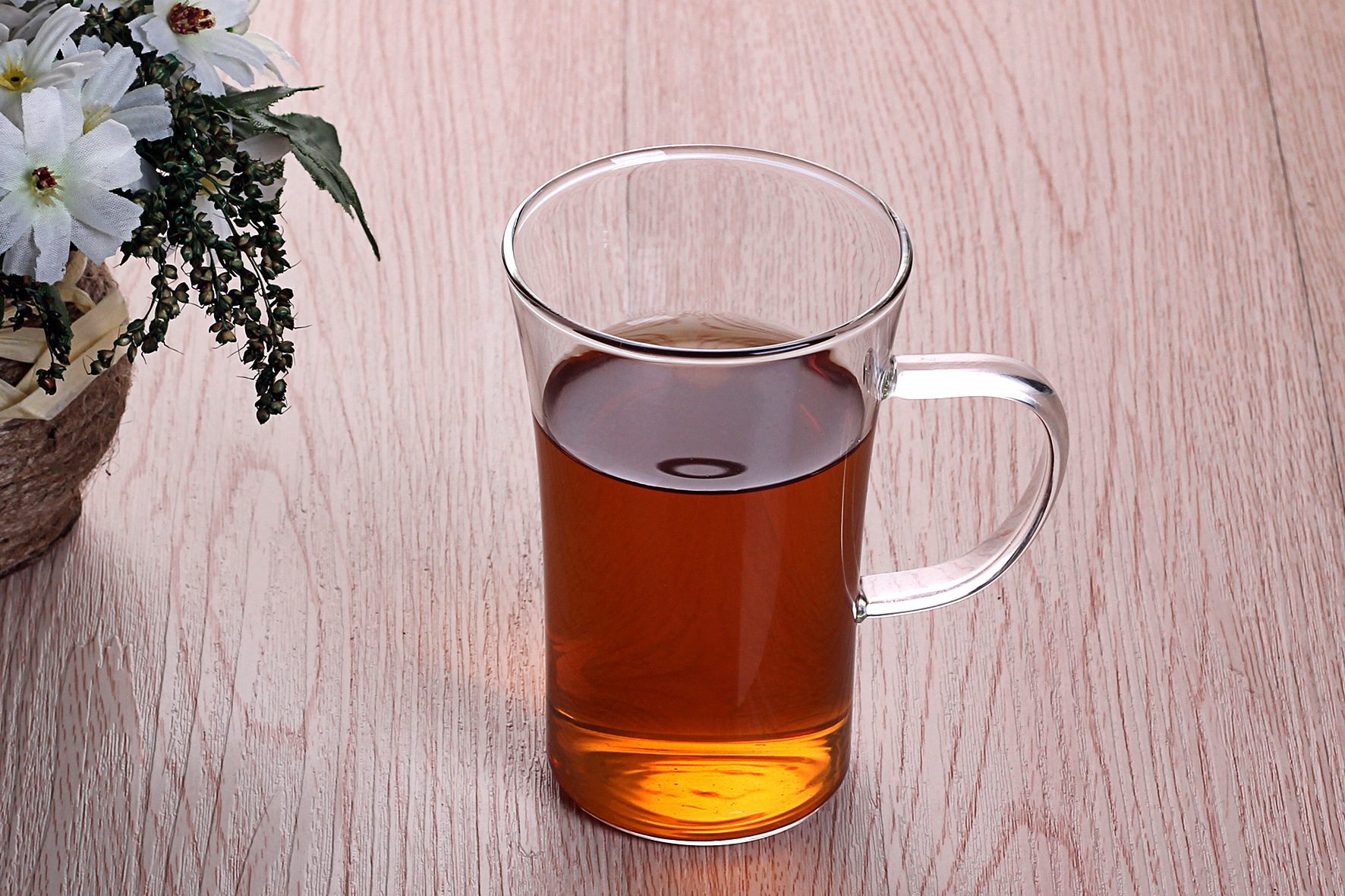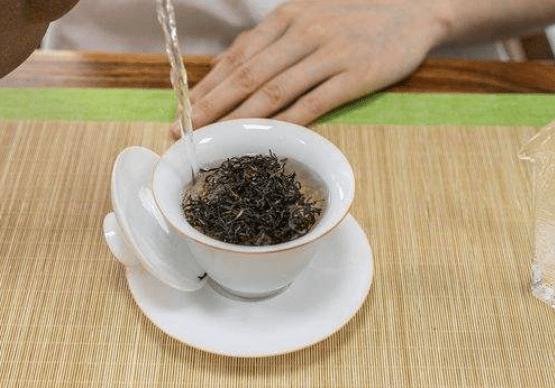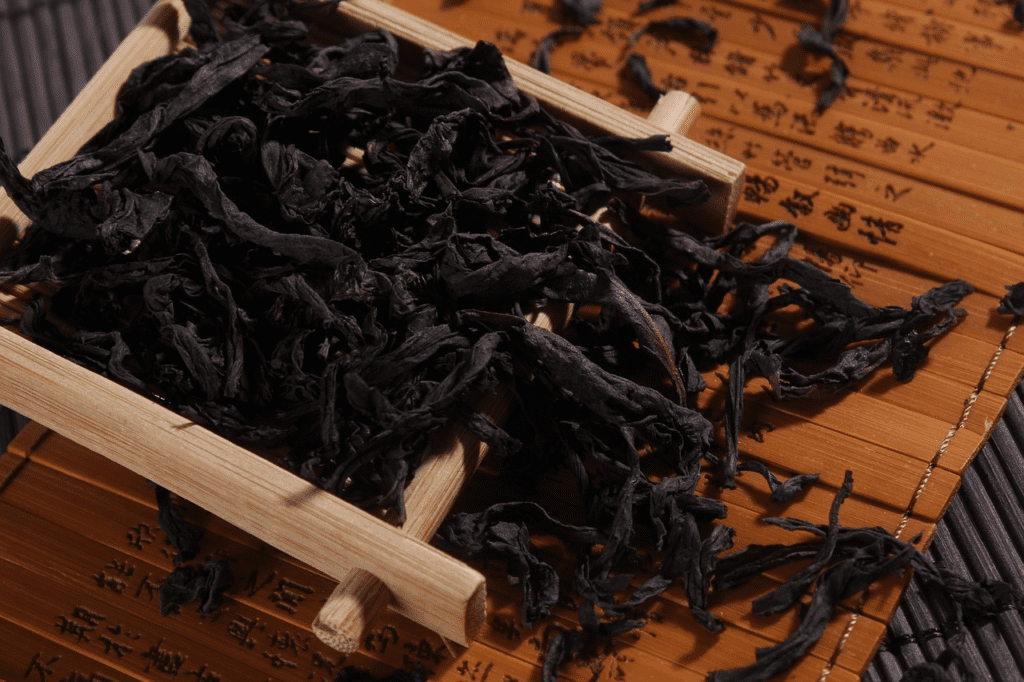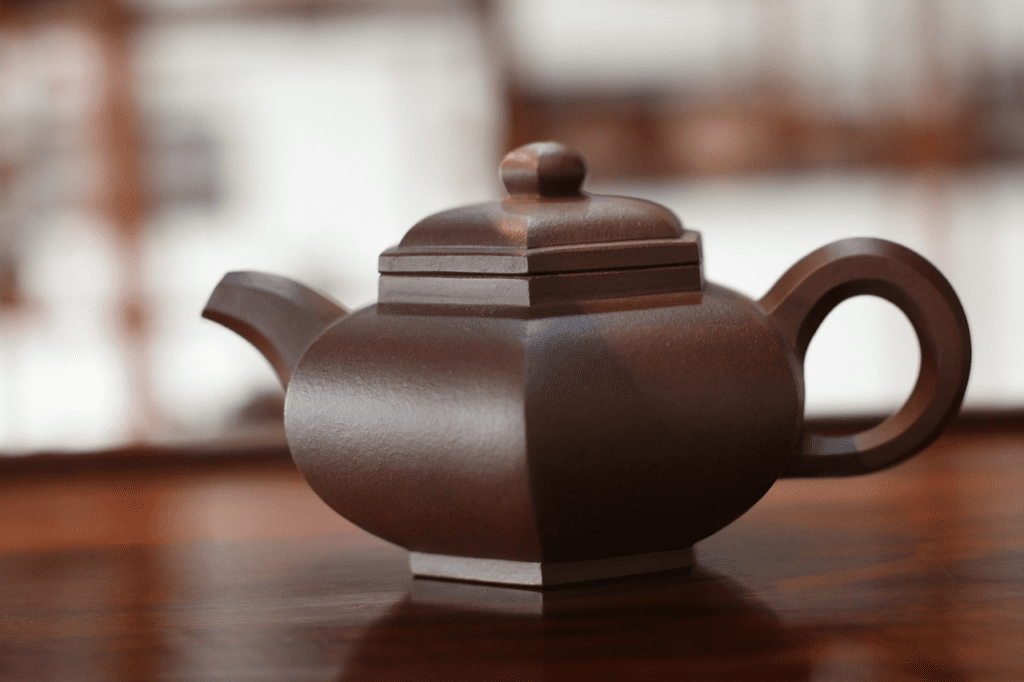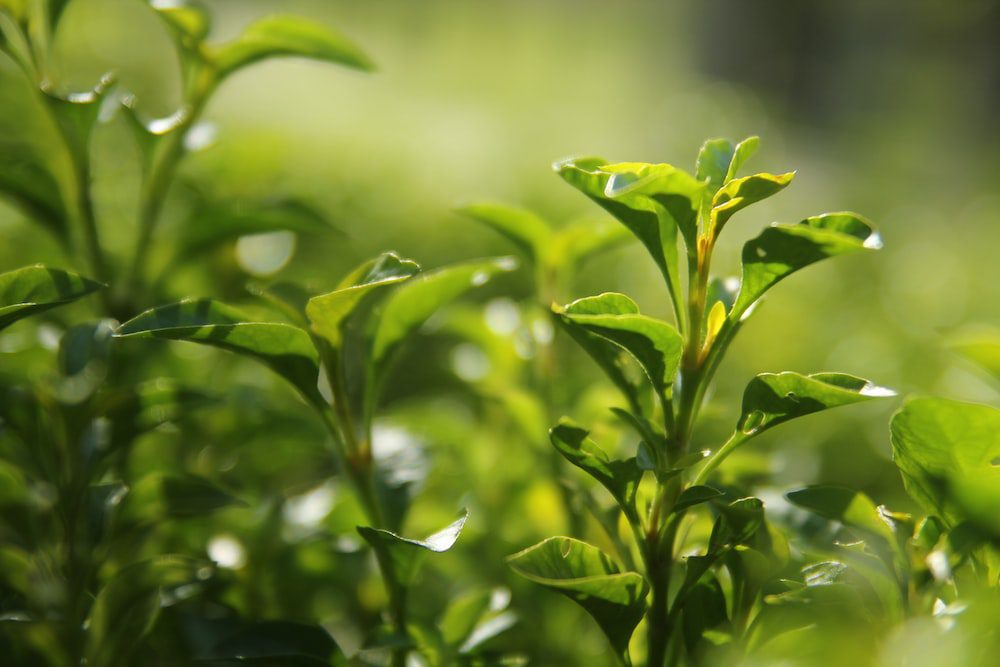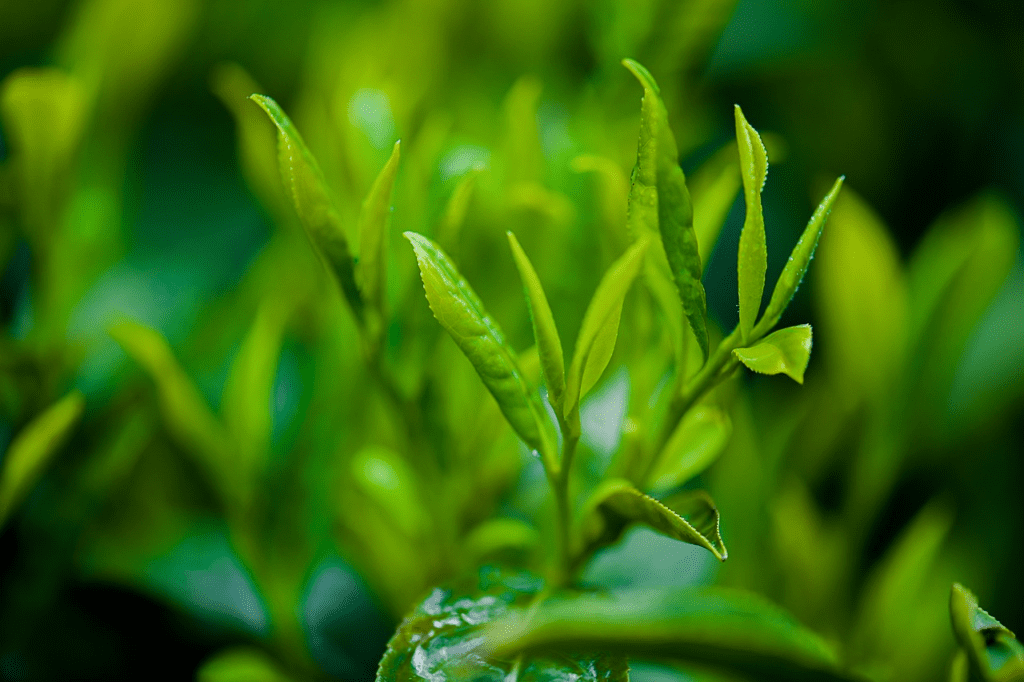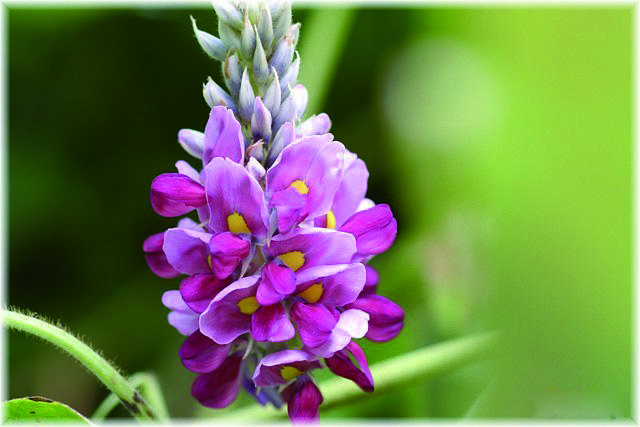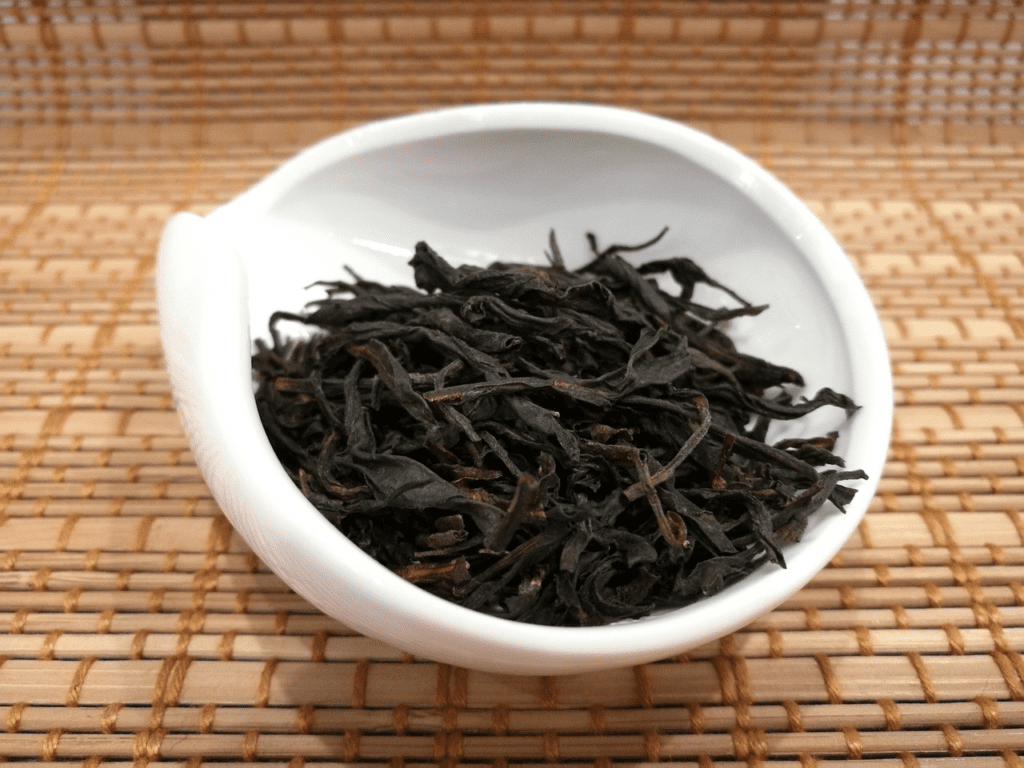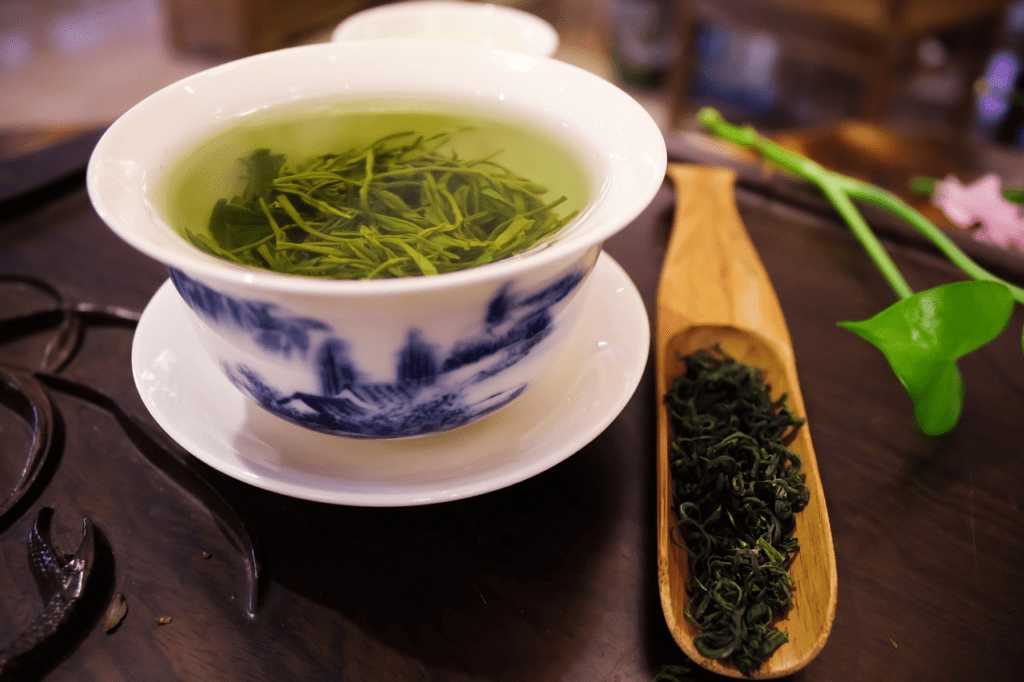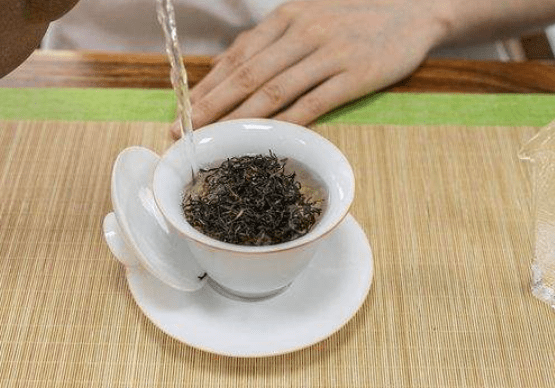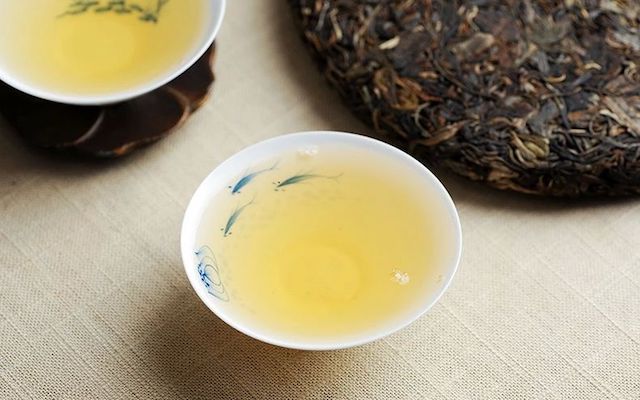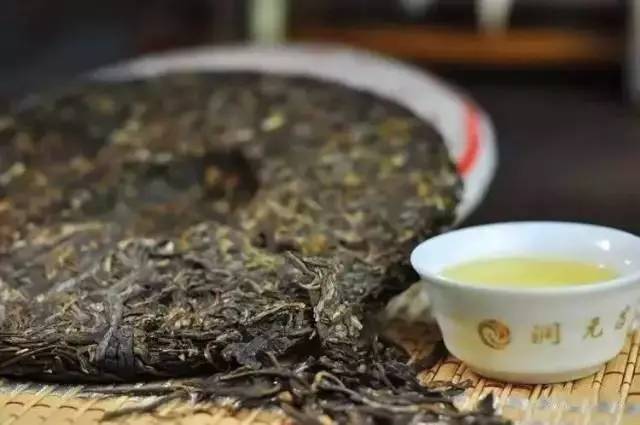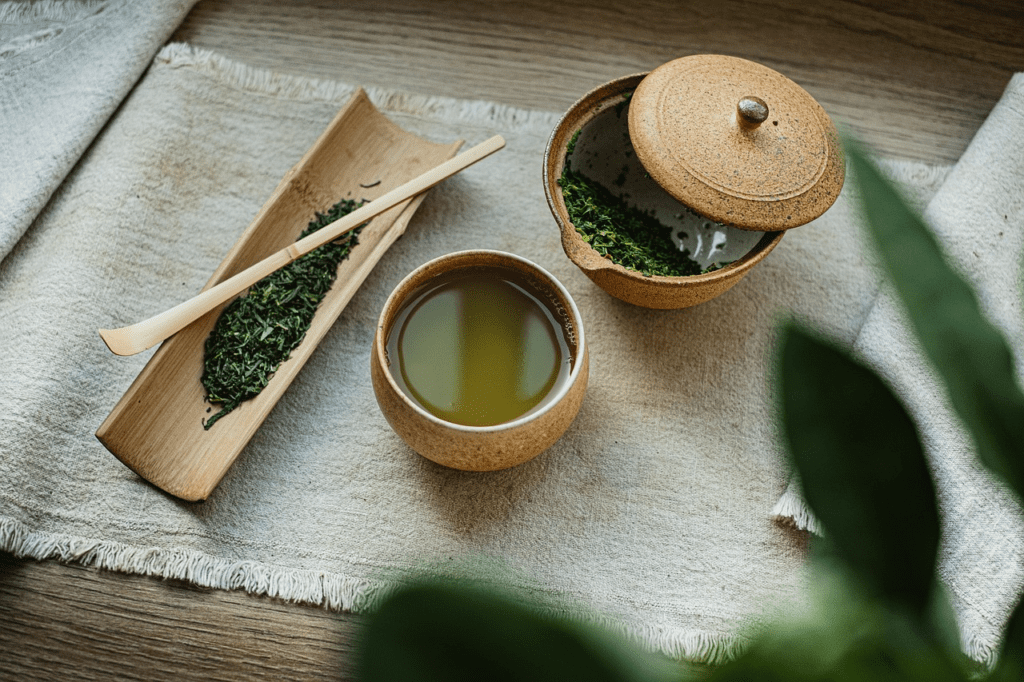When it comes to tea, many people think of green tea or oolong tea. However, there is another type of tea that stands out for its rich red color, the famous black tea.
Why does black tea go red when you brew it? There is a wonderful chemical reaction behind it. Unlike green tea and oolong tea, black tea belongs to thefull-fermented tea. During processing, the polyphenols in tea leaves areEnzymatic oxidation reaction with oxygen in airThe black tea is oxidized to produce a series of oxidation products, such as theobromine and theaflavin. It is these oxidation products that give black tea that bright and clear soup color.
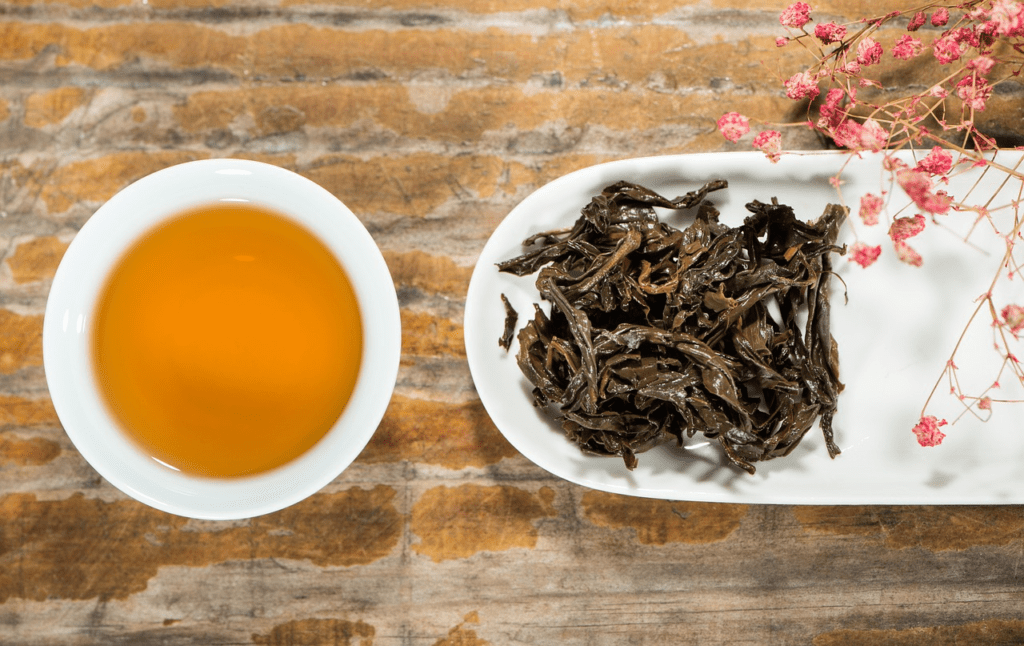
theophyllin
Theobromine is the main oxidation product of black tea, the higher its content, the darker the color of the tea broth. Theobromine is not only an important determinant of the color of black tea, but also gives black tea a mellow and sweet taste. In addition, theobromine also has certain health benefits, such as antioxidant, antibacterial and so on.
theaflavin
Theaflavin is another important oxidation product, which is less abundant but has a significant impact on the flavor and aroma of black tea. Theaflavins give the tea broth a bright orange-red color and add a honey-like sweetness.
Degree of fermentation: the key factor affecting the color of black tea
In the processing of black tea, thewitheredrespond in singingtortureTwo steps will promote the oxidizing reaction of the tea leaves. Withering involves placing the fresh leaves in a ventilated area so that they naturally lose water. During this process, the cells in the tea leaves rupture, releasing oxidizing enzymes that lay the foundation for subsequent oxidation reactions. Kneading, on the other hand, is the repeated rubbing of tea leaves to further rupture the cells and bring oxidizing enzymes into full contact with the tea polyphenols, accelerating the oxidation reaction.
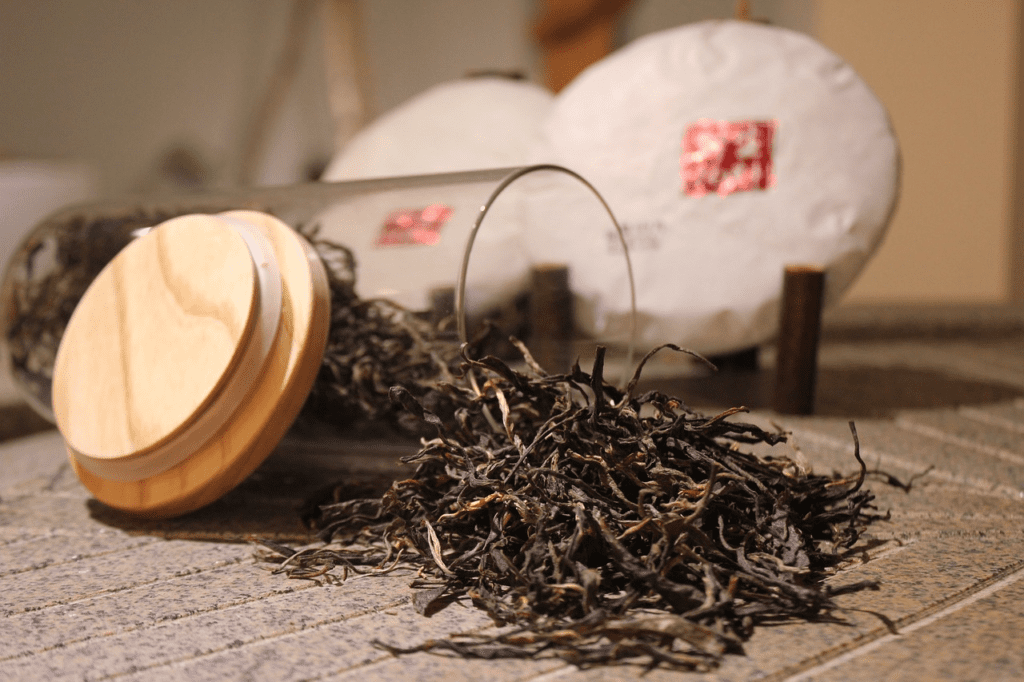
Therefore.degree of fermentationIt is the key factor affecting the color of black tea. The deeper the fermentation, the higher the content of oxidation products such as theobromine and theaflavin, and the darker the color of the tea broth. For exampleDian Hong teaThe degree of fermentation is higher, so the tea soup has a deep red color; while theQi Hong (Chinese red wine)The tea is less fermented and the tea broth has a bright red color.
Brewing Tips: Making Black Tea Blacker and More Fragrant
To brew a pot of black tea with attractive color and aroma, it is important to master the correct brewing techniques.
- temperature of the body of water: The temperature of water for brewing black tea should be controlled between 85-95 degrees Celsius. If the water temperature is too low, it is difficult to fully dissolve the substances contained in the tea leaves; if the water temperature is too high, it will destroy the nutrition and taste of the tea leaves.
- Tea to water ratio: Generally speaking, the ratio of tea to water for black tea is 1:50, i.e. 1 gram of tea leaves to 50 milliliters of water. Of course, you can also adjust the ratio of tea and water according to personal preference.
- brewing time: The brewing time of black tea should not be too long, usually 3-5 minutes. If the steeping time is too long, the tea soup will become bitter.
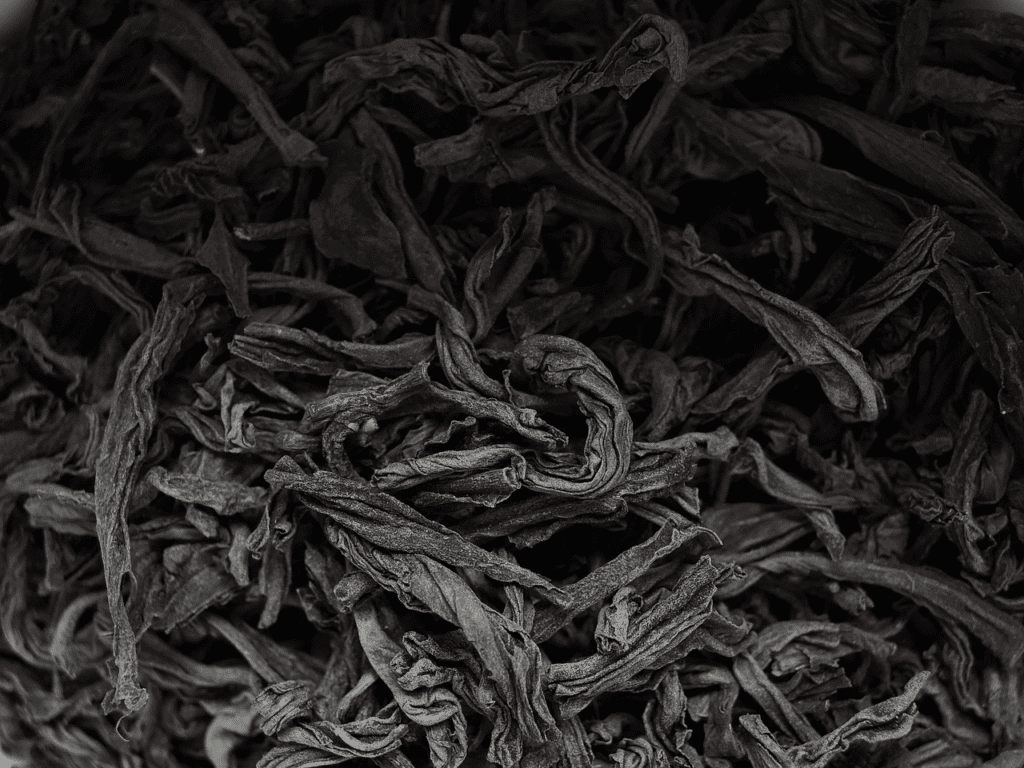
summarize
The red color of black tea is due to its unique processing technology, which leads to enzymatic oxidation of polyphenols in tea leaves, generating a series of oxidation products such as theobromine and theaflavin. These oxidation products not only give black tea a bright and clear soup color, but also make it have a mellow and sweet taste and rich health benefits. Mastering the correct brewing techniques can better release the color and aroma of black tea, allowing you to taste the unique charm of this ancient tea beverage from the East.

